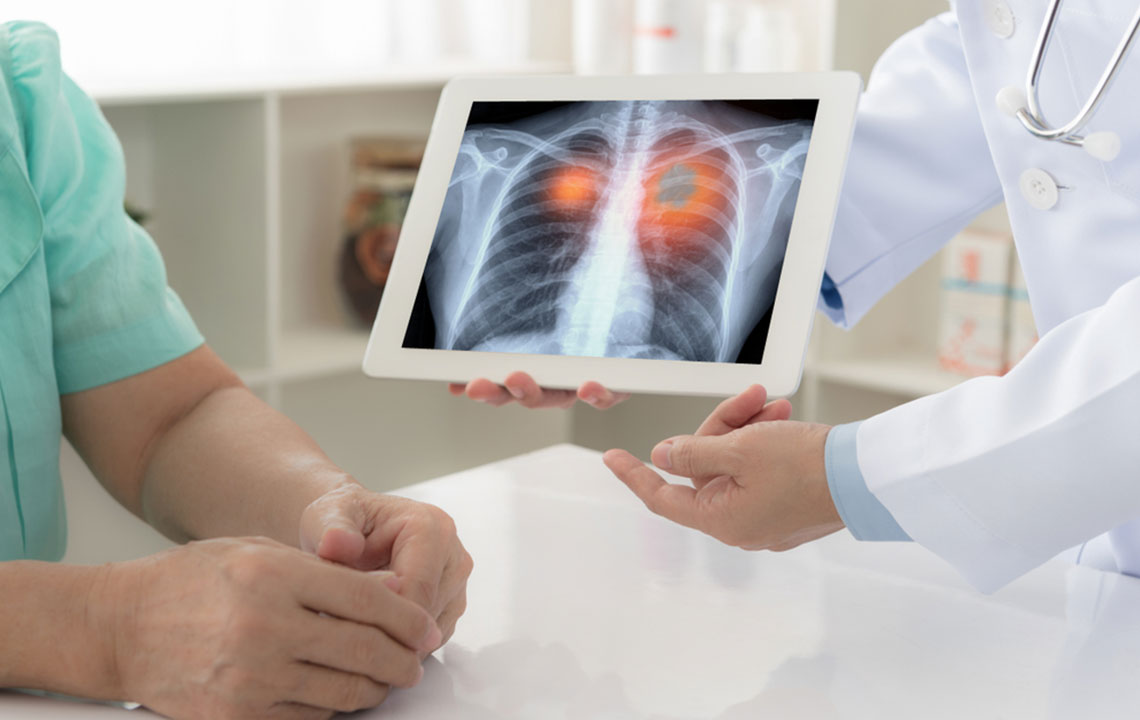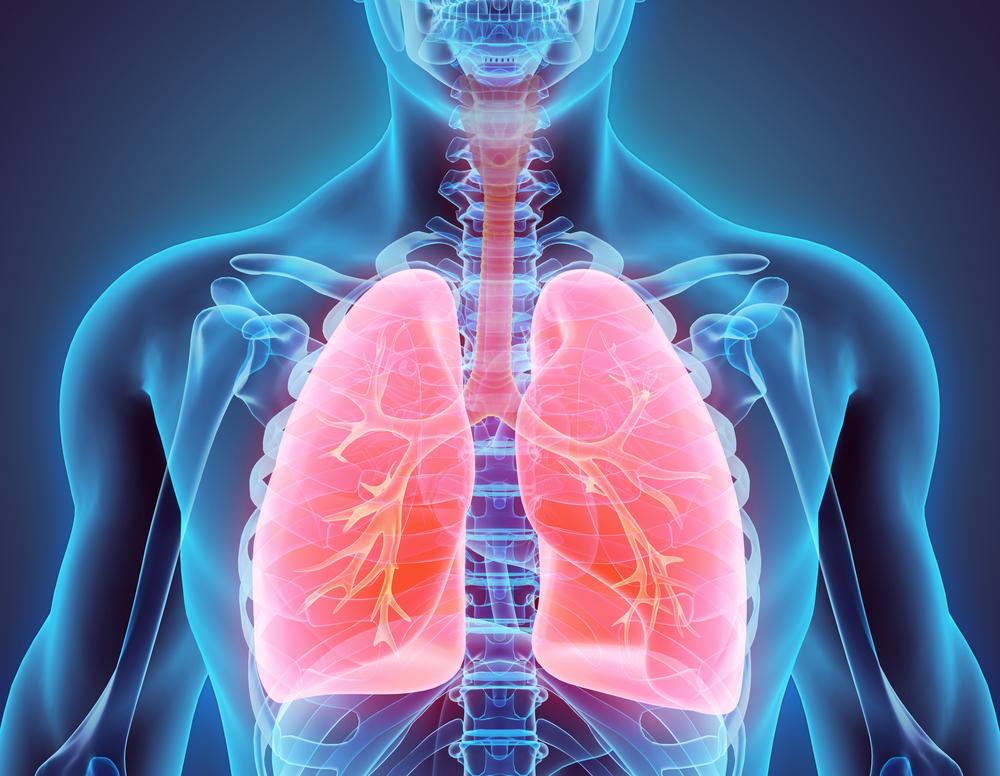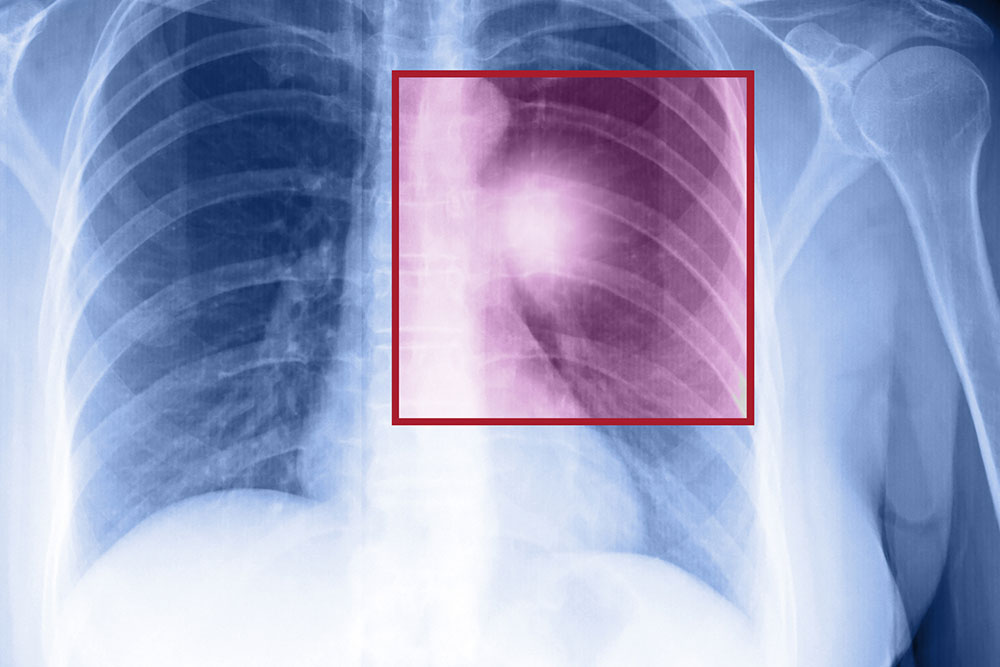Understanding the Stages of Lung Cancer
This article explores the various stages of lung cancer, emphasizing the importance of early detection and understanding tumor progression. It distinguishes between NSCLC and SCLC, detailing their specific stages and spread patterns. Early diagnosis offers better treatment prospects, while advanced stages pose greater challenges. The information aims to educate readers on lung cancer development, supporting timely medical intervention.

Understanding the Stages of Lung Cancer
Lung cancer involves abnormal cell growth in the lungs and primarily presents as two types: small-cell lung cancer (SCLC) and non-small-cell lung cancer (NSCLC). NSCLC accounts for about 80-85% of cases, with 30% arising from cells lining the body’s surfaces. SCLC makes up 15-20% and tends to progress more rapidly, often responding to chemotherapy but with limited chances of complete cure.
Some tumors contain both SCLC and NSCLC cells, complicating treatment decisions.
Stages
Determining the stage of lung cancer is crucial for understanding how far it has spread and selecting the appropriate treatment plan. Early detection significantly improves the chance of successful treatment since symptoms are often absent initially. Each lung cancer type progresses through distinct stages.
The stages of NSCLC are:
Stage 1: Cancer remains confined within the lung.
Stage 2: Cancer spreads to nearby lymph nodes.
Stage 3: Tumors extend toward the chest center.
Stage 3A: Cancer in lymph nodes affects one side of the chest.
Stage 3B: Cancer reaches lymph nodes on the opposite side of the chest.
Stage 4: Cancer affects both lungs and adjacent organs.
SCLC is categorized into limited and extensive stages. Limited stage involves cancer in one lung and nearby lymph nodes, while extensive stage indicates widespread spread, such as:
Invasion of the entire lung
Spread to both lungs
Involvement of opposite-side lymph nodes
Fluid around the lungs
Bone marrow infiltration










